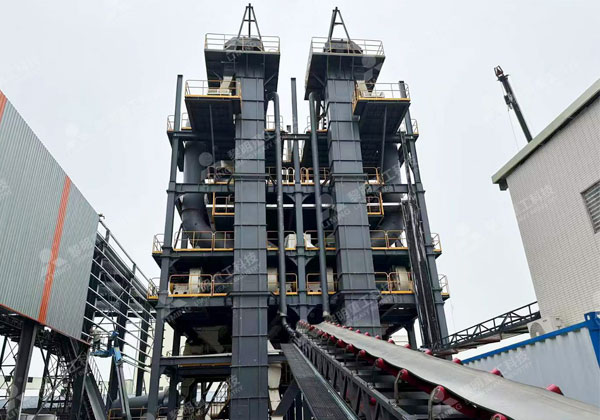A sand aggregate crushing system is an essential component of construction projects and the production of various building materials. It involves the process of breaking down large rocks, gravel, or sandstone into smaller pieces or aggregates of different sizes to be used in the construction industry. This system typically consists of several stages, including primary, secondary, and tertiary crushing, as well as screening and washing processes.
The primary crushing stage is the initial step in the sand aggregate crushing system. Large rocks or boulders are fed into a primary crusher, which breaks them down into smaller pieces. Common primary crushers used in the system include jaw crushers, gyratory crushers, and impact crushers. The choice of the primary crusher depends on factors such as the size and hardness of the material.

Once the material is reduced in size through primary crushing, it moves to the secondary crushing stage. Secondary crushers further break down the aggregates into smaller sizes. Cone crushers and impact crushers are commonly used in this stage. These crushers provide finer crushing and shaping of the aggregates, producing materials suitable for specific construction purposes.
After the secondary crushing stage, the material may undergo tertiary crushing if necessary. Tertiary crushers further reduce the size of the aggregates to produce finer particles. They are often used to create a more cubical shape and to refine the gradation of the final product.
Screening is an integral part of the sand aggregate crushing system. It involves the separation of different sizes of aggregates using screens or sieves. The purpose of screening is to ensure that the final product meets the required specifications. Oversized aggregates are sent back to the crushers for further crushing, while the properly sized aggregates pass through the screens and are ready for use.
Washing is another important process in the sand aggregate crushing system. It is used to remove impurities, such as clay, silt, and organic matter, from the aggregates. Washing helps to improve the quality and performance of the final product. Various techniques, such as scrubbing, rinsing, and dewatering, are employed in the washing process.
In addition to the crushing, screening, and washing processes, a sand aggregate crushing system may include other components such as conveyors, storage bins, and control systems. Conveyors are used to transport the aggregates between different stages of the system, while storage bins provide temporary storage for the crushed materials. Control systems monitor and regulate the operation of the entire system, ensuring efficient and safe production.
Overall, a sand aggregate crushing system plays a vital role in the construction industry by providing high-quality aggregates for various building projects. It involves a series of processes, including primary, secondary, and tertiary crushing, screening, and washing, to produce aggregates of the desired size, shape, and quality. By utilizing this system, construction companies can ensure the availability of reliable and durable materials for their projects.
